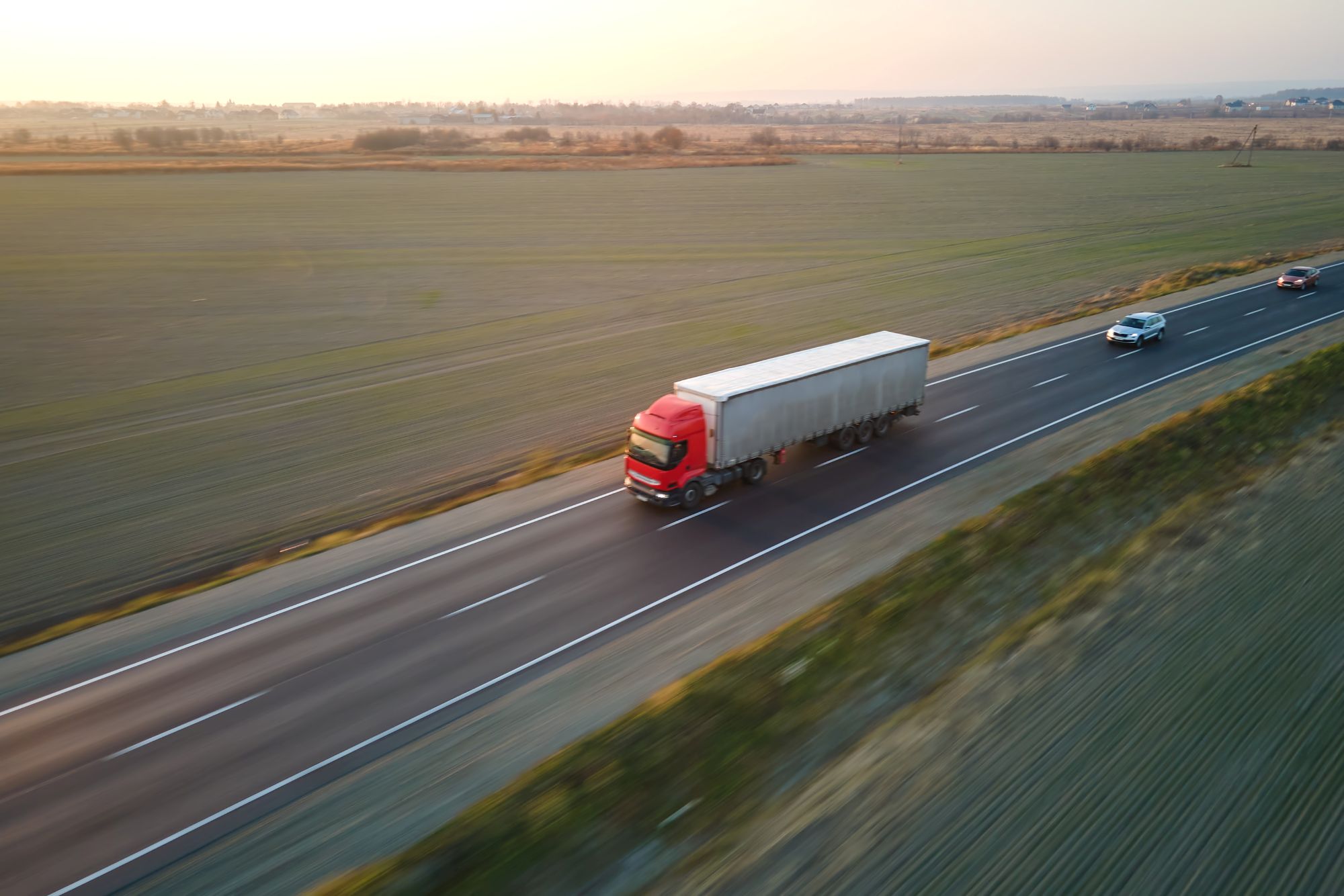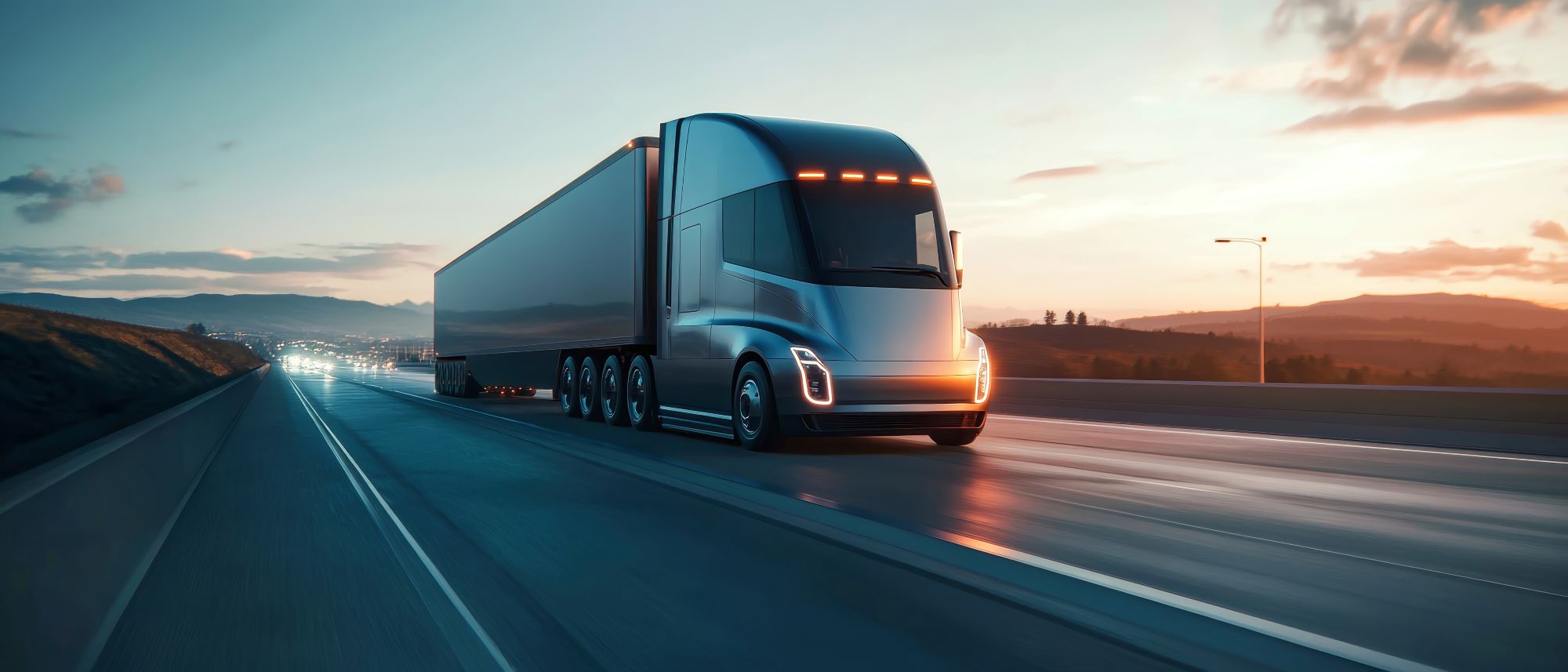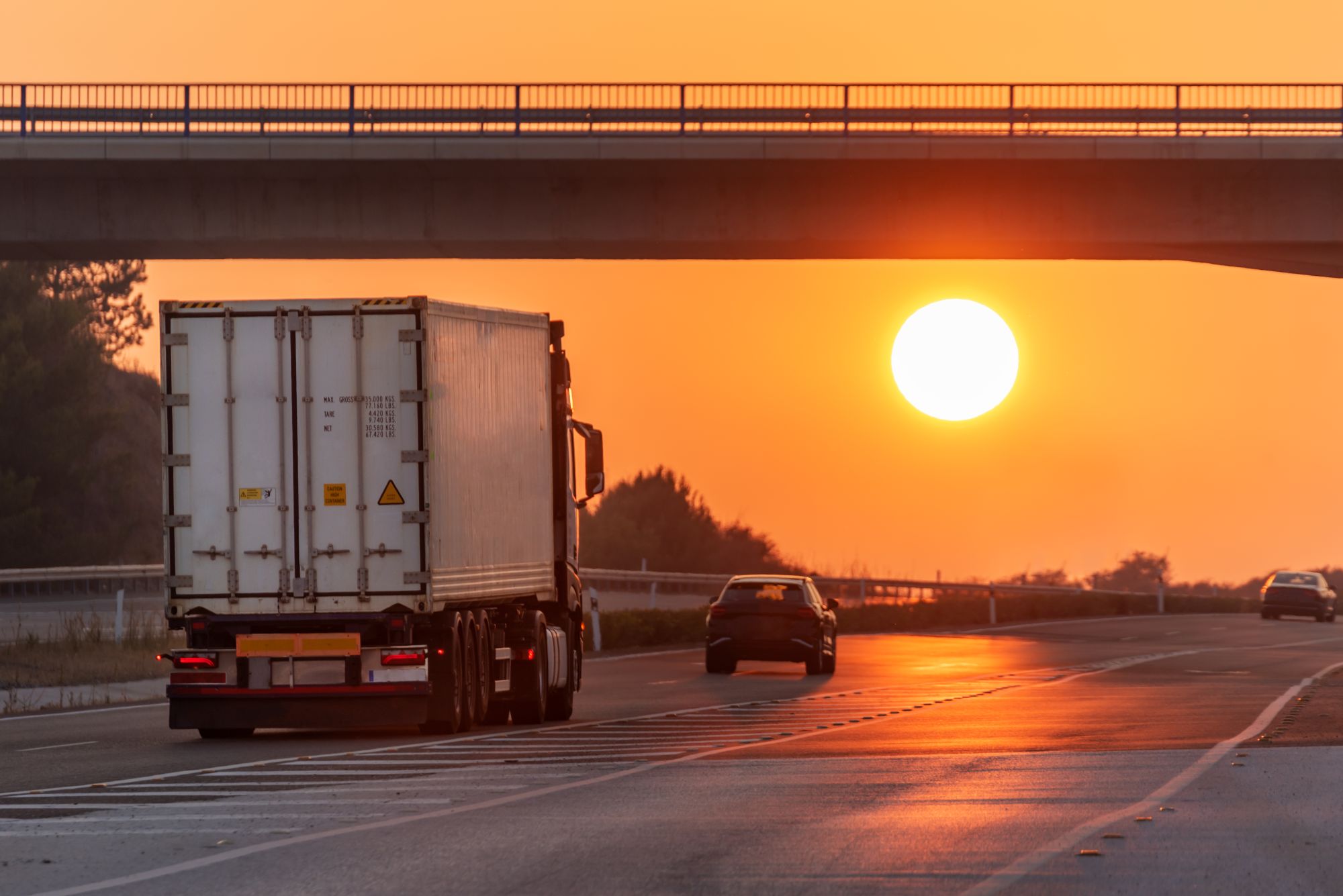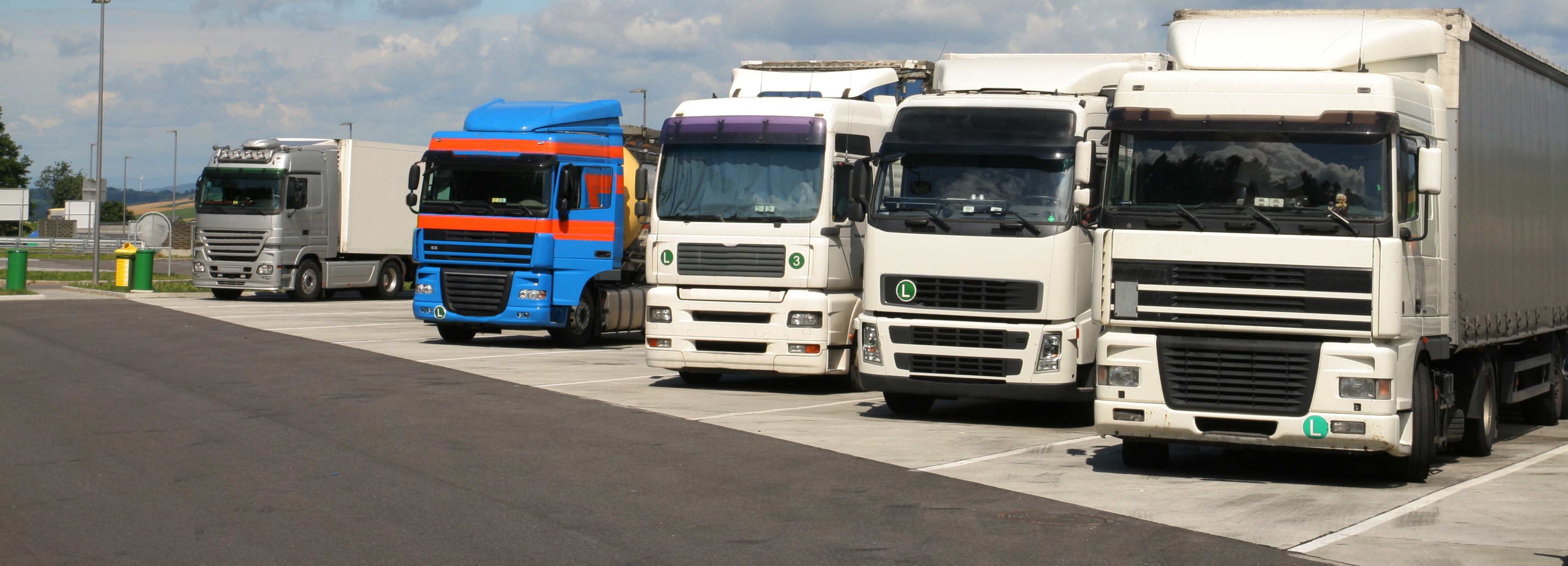
Miranda Blake
O que conta como "estacionamento seguro para camiões"? Os condutores falam
Criado: 09/12/2024
•
Atualizado: 09/12/2024
Um dos maiores desafios que os condutores enfrentam é encontrar parques de estacionamento seguros. Um inquérito realizado por organismos de vigilância do sector revelou que muitos consideram que a segurança nas paragens de camiões não é satisfatória.
Vamos aprofundar os vários aspectos que contribuem para um estacionamento seguro de camiões na perspetiva dos condutores, explorando as medidas e comodidades essenciais. Além disso, analisaremos o ambiente geral que promove um sentimento de proteção.
O papel do estacionamento de camiões na logística
Os camionistas precisam de estacionar para cumprir regulamentos rigorosos relativos aos períodos de descanso. Além disso, necessitam de locais onde possam descansar, reabastecer e refrescar-se sem [receio de roubo ou vandalismo] (https://snapacc.com/newsroom/tips-for-keeping-your-vehicle-secure-protecting-your-truck-from-theft/). Com aproximadamente 81% da carga transportada por estrada, a procura de estacionamento seguro para camiões é realmente crítica para o sucesso da indústria.
A adoção de medidas inadequadas pode ter graves repercussões, incluindo o roubo de carga, danos nos veículos e problemas de segurança pessoal. Esta situação tem levado [os condutores a manifestarem frequentemente frustração] (https://snapacc.com/newsroom/drivers-unhappy-with-truck-stops-whats-the-problem/) - pode dissuadi-los de fazer pausas e, em última análise, afetar o seu desempenho na estrada.
Medidas essenciais
Um aspeto fundamental do estacionamento seguro de camiões é a implementação de barreiras físicas. Uma vedação robusta do perímetro é vital para impedir o acesso não autorizado. Os pontos de entrada e saída controlados, tais como portões que requerem acesso por cartão-chave ou código, são uma necessidade. Estas medidas reduzem significativamente a probabilidade de intrusões e aumentam a segurança geral.
Uma iluminação eficaz é também imperativa. Áreas bem iluminadas desencorajam a atividade criminosa e proporcionam aos condutores uma sensação de proteção e confiança para navegarem nas paragens de camiões, especialmente durante a noite.
A vigilância vídeo abrangente é outro aspeto importante. As câmaras de CCTV devem cobrir todo o parque de estacionamento, permitindo uma monitorização e gravação constantes das actividades. Muitos camionistas apreciam o facto de saberem que os seus veículos e a sua carga estão sob vigilância 24 horas por dia, 7 dias por semana, uma vez que isso pode ser um dissuasor eficaz para potenciais criminosos.
A presença de pessoal de segurança com formação acrescenta uma camada extra de proteção. Os guardas podem responder prontamente a incidentes, prestar assistência e manter uma presença visível que aumenta a sensação geral de segurança. Os camionistas sentem-se muitas vezes mais à vontade sabendo que há profissionais no local para tratar de quaisquer problemas que possam surgir.
É fundamental dispor de sistemas de comunicação de emergência facilmente acessíveis - devem existir caixas de chamada de emergência ou sistemas de intercomunicação que permitam aos condutores contactar rapidamente os serviços de segurança ou de crise, se necessário. Em áreas remotas, onde a assistência imediata pode não estar prontamente disponível, esta caraterística é particularmente crucial.
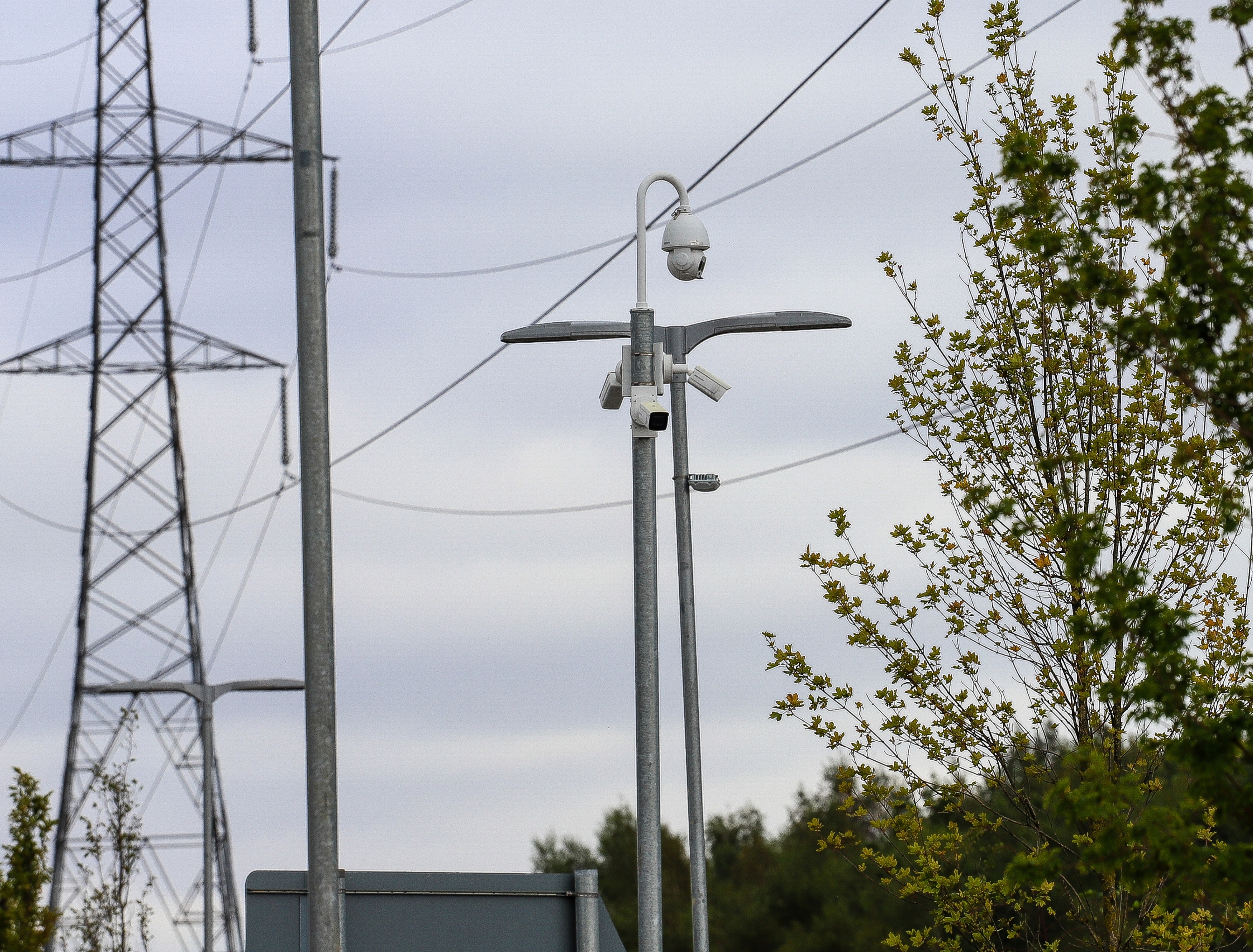
Caraterísticas adicionais
As casas de banho e os chuveiros limpos e bem conservados são também muito apreciados, especialmente em viagens longas. Devem ser adoptadas medidas para garantir que estas instalações estejam trancadas e sob vigilância - isto não só aumentará o conforto dos condutores, como também contribuirá para o seu sentimento geral de segurança.
Embora não estejam diretamente relacionadas com o estacionamento seguro de camiões, as comodidades adicionais podem aumentar significativamente o conforto geral de uma área de estacionamento. Opções como comida e bebida, acesso Wi-Fi e ligações eléctricas para reboques refrigerados tornam o espaço mais acolhedor. Os serviços de manutenção básica também podem ser benéficos, permitindo que os camionistas resolvam pequenos problemas sem sair do local.
Criar um ambiente melhor
Um parque de estacionamento seguro para camiões deve também cuidar eficazmente dos condutores. Muitos partilharam o facto de se sentirem subvalorizados em determinados locais, o que pode ter um impacto negativo na sua experiência. Os locais que tratam os camionistas com respeito e proporcionam uma atmosfera amigável encorajam visitas repetidas e promovem a lealdade.
Investir na formação do pessoal é imperativo para melhorar este aspeto. Os funcionários devem compreender as necessidades específicas dos camionistas e saber como prestar um excelente serviço ao cliente.
Responder às preocupações dos condutores
É importante saber que as condutoras, que constituem uma pequena percentagem da força de trabalho dos camiões, enfrentam frequentemente desafios adicionais em termos de segurança. Muitas mulheres relatam sentir-se inseguras em ambientes predominantemente masculinos, particularmente quando as paragens de camiões não têm medidas de segurança adequadas - é vital considerar as suas necessidades específicas e tomar medidas para garantir que estão seguras e felizes.
Outro aspeto a ter em conta é que alguns camionistas têm necessidades alimentares específicas. Assim, a oferta de opções alimentares saudáveis e a satisfação de vários requisitos dietéticos podem melhorar a sua experiência e contribuir para o bem-estar positivo dos condutores.
O futuro do estacionamento seguro de camiões
Inovações como sistemas de vigilância inteligentes, controlos de entrada automatizados e monitorização em tempo real podem melhorar significativamente as medidas. As paragens de camiões que investem em soluções como estas têm uma maior probabilidade de atrair mais frotas e condutores que procuram opções seguras.
Para enfrentar os desafios neste espaço, é necessária a colaboração entre várias partes interessadas, incluindo agências governamentais, empresas de logística e operadores de parques de estacionamento. Ao trabalharem em conjunto, estes grupos podem desenvolver estratégias abrangentes para melhorar a segurança e toda a experiência dos camionistas.
A defesa de alterações políticas que dêem prioridade às necessidades dos condutores é crucial para a criação de ambientes mais seguros. As organizações industriais e os grupos de defesa podem desempenhar um papel significativo na sensibilização para a importância do estacionamento seguro de camiões e na promoção de alterações legislativas que apoiem a melhoria das infra-estruturas.
Encontrar serviços seguros
Aqui na SNAP, damos prioridade à segurança dos condutores e ajudamos os parques de camiões a fazê-lo através da nossa divisão dedicada de Acesso e Segurança. Desde câmaras e software ANPR a terminais de pagamento, passando por barreiras, sistemas de entrada e sistemas de câmaras CCTV, implementamos tudo o que for necessário para proteger da melhor forma os camionistas, os veículos e a carga em paragens de camiões, MSAs, depósitos de frotas e muito mais.
Pode saber mais sobre SNAP Access & Security aqui, ou descobrir os nossos outros serviços (como estacionamento e lavagem) no sítio Web SNAP.
